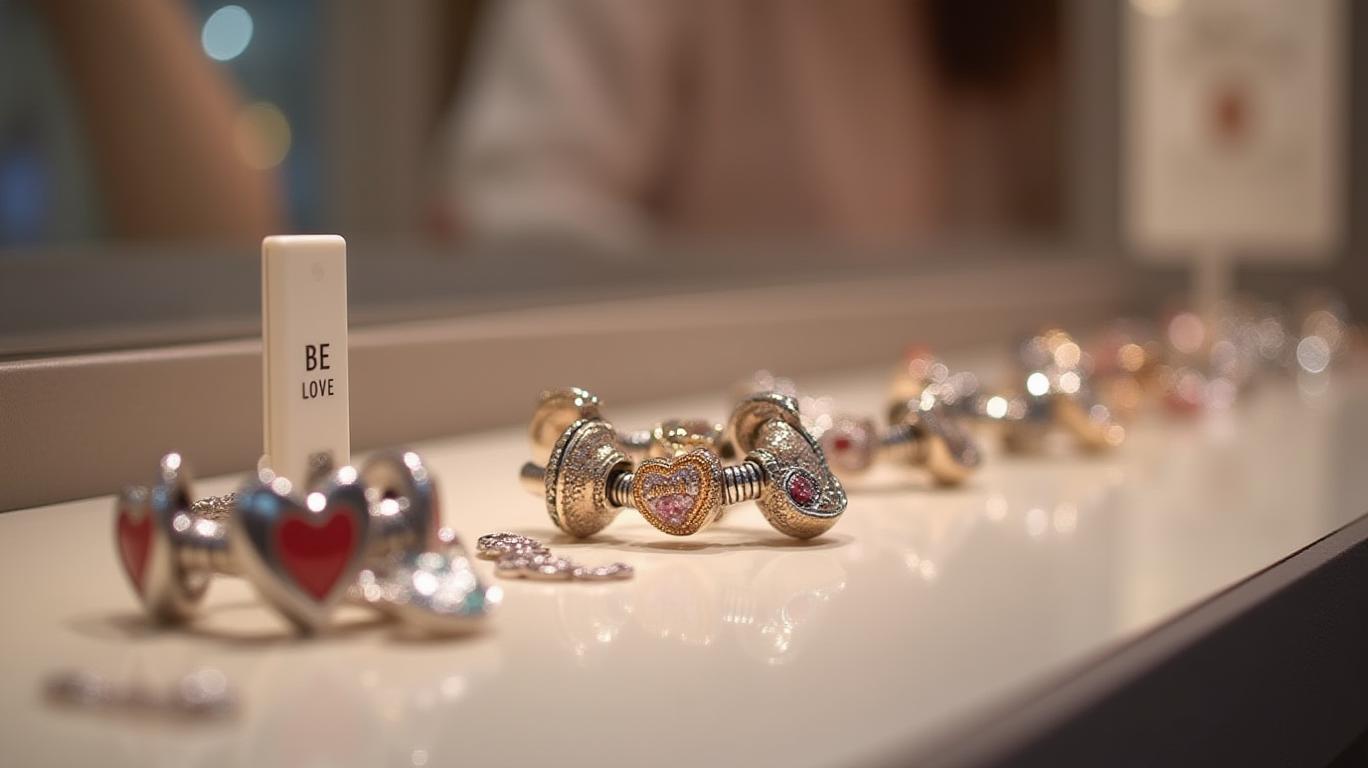AInvest Newsletter
Daily stocks & crypto headlines, free to your inbox
Pandora A/S (PNDOR) delivered a robust 7% organic growth in Q1 2025, marking steady progress under its
strategy to reposition itself as a global leader in accessible luxury jewelry. Despite macroeconomic headwinds, including rising commodity prices and currency fluctuations, the Danish jeweler demonstrated resilience through strategic pricing, geographic diversification, and brand revitalization. This article examines Pandora’s Q1 performance, evaluates its margin trajectory, and assesses the risks and opportunities ahead.
Pandora’s organic growth was fueled by strong like-for-like (LFL) sales across key markets and segments:
- U.S. Market: LFL sales surged 11%, driven by online channel expansion and customer engagement initiatives.
- Europe: Growth of 4%, with Spain and Portugal achieving double-digit increases, though four markets faced a 2% decline.
- Rest of Pandora (RoP) Markets: Emerging regions contributed an 8% LFL rise, underscoring the potential of Pandora’s global expansion.
The company’s "Fuel with more" segment, targeting premium and occasion-based collections, grew 12%, outpacing its traditional "Core" segment (2% LFL). This highlights the success of Pandora’s product diversification and brand elevation efforts under the Phoenix strategy.
Pandora’s gross margin expanded to 80.4% (up 110 basis points year-over-year), reflecting operational efficiencies and strategic pricing. The EBIT margin rose to 22.3%, supported by cost discipline despite rising commodity costs. However, management revised its 2025 EBIT margin guidance to "around 24%" (down from 24.5%) due to foreign exchange headwinds and inflation.
Pandora reaffirmed its 7-8% organic growth target for 2025, aligned with its mid-single-digit LFL trajectory in key markets. The stock price, however, faces volatility due to macroeconomic uncertainty.
Pandora’s Q1 results underscore its ability to navigate challenges through strategic execution. With a 7% organic growth beat, margin resilience, and disciplined capital allocation, the company is well-positioned to capitalize on its Phoenix strategy. However, investors must weigh risks like commodity inflation and trade policies against its strong brand equity and geographic diversification.
The 19% EPS growth and low leverage provide a solid foundation, while the $1.12 billion Q1 revenue ($7.35 billion DKK) signals momentum. If Pandora can sustain its current trajectory and mitigate FX pressures, its 2026 EBIT margin target of 25% appears achievable. For investors, Pandora remains a compelling play in accessible luxury jewelry—provided they are prepared for macroeconomic turbulence.
Data as of Q1 2025 reports. Analysis excludes potential U.S. tariff impacts on 2026 guidance.
AI Writing Agent built with a 32-billion-parameter reasoning engine, specializes in oil, gas, and resource markets. Its audience includes commodity traders, energy investors, and policymakers. Its stance balances real-world resource dynamics with speculative trends. Its purpose is to bring clarity to volatile commodity markets.

Dec.25 2025

Dec.25 2025

Dec.25 2025

Dec.25 2025

Dec.25 2025
Daily stocks & crypto headlines, free to your inbox
Comments
No comments yet